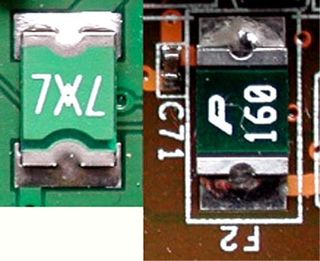The End User Pays: 13 Boards With Intel 845GE/PE
Tough Battle For Customers: With Features And Color, Continued
The first, quick glance makes one thing crystal clear: the packaging used for the boards has never been so colorful and extravagant as in this line-up. With their attempts to make their products as appetizing as possible for the consumer, it's clear at this point what significance the producers have attached to the retail trade. Not that that's much of a revelation - we all know the sort of packaging that's taken off the shelf soonest. So what's it going to be? The eco-friendly cardboard box with the recycling symbol on it, or the colorful character with the viewing window and the reflective metallic finish? THG's not going to get into that particular argument. True to the saying: whoever shouts the loudest gets the most customers!
In addition to that, all the test boards set precedents with their functionality that reduces the discussion on the number of free slots to absurdity. After all, who needs six free PCI slots these days when almost all the components are already integrated into the board? In any case, this is definitely representative of a new trend. Competition among the manufacturers is also a battle for the most features. And there's a surprise in store for the user: the extra price you'll pay is well justified compared to last year's offerings. There is also an interesting development at chipset supplier Intel, as it has only recently resumed selling boards direct to end users, including the one in this test. In contrast to competing OEM suppliers (with the spotlight on cost-saving solutions), Intel is offering equipment that can keep up with the Taiwanese competition.

A long way from standard: fuses help guard against the USB 2 ports becoming overloaded. On the left, the Fujitsu-Siemens solution; on the right, the Asus.
Stay on the Cutting Edge
Join the experts who read Tom's Hardware for the inside track on enthusiast PC tech news — and have for over 25 years. We'll send breaking news and in-depth reviews of CPUs, GPUs, AI, maker hardware and more straight to your inbox.
Current page: Tough Battle For Customers: With Features And Color, Continued
Prev Page Introduction Next Page Price Check: Chipsets For Pentium 4Most Popular

